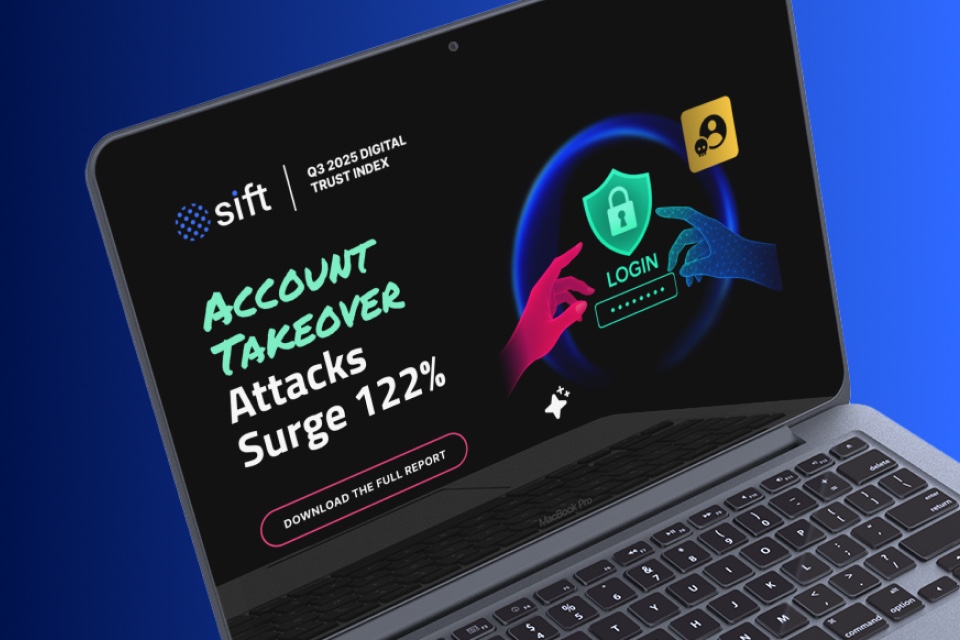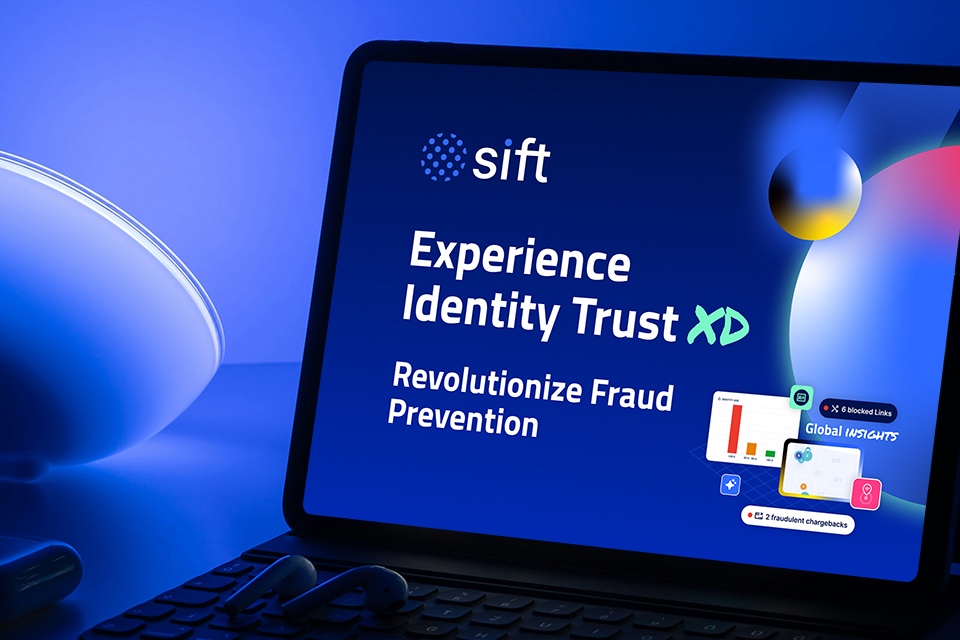Account takeovers are surging in the age of Agentic AI – Download the full report

Account takeover (ATO) fraud is accelerating, with global losses projected to hit $17B in 2025. Sift’s Q3 2025 Digital Trust Index reveals how agentic AI is fueling large-scale, automated ATO attacks that are harder than ever to detect. The report uncovers which industries are seeing the biggest spikes and why 74% of consumers are wary […]
Deepfakes leading GenAI cyber attack vectors

Twenty-nine percent of cybersecurity leaders said their organisations experienced an attack on enterprise GenAI application infrastructure in the last 12 months. That’s according to a survey by Gartner conducted from March-May 2025 among 302 cybersecurity leaders in North America, EMEA and Asia/Pacific. The survey found that 62% of organisations experienced a deepfake attack involving social engineering or […]
AI MONTH: How machine learning is stopping fraud at the digital checkout

Fraud at the digital checkout has long been one of the most persistent challenges for retailers attending the Fraud Prevention Summit. Traditional defences, mostly rules-based systems and manual reviews, often lag behind fast-evolving fraud tactics, resulting in rising chargebacks and frustrated customers. However, artificial intelligence (AI) and machine learning (ML) are transforming the battlefield by […]
Navigate the New Era of AI-Powered Fraud

Generative AI (GenAI) is no longer just fueling innovation—it’s being weaponized by fraudsters. With scams now faster, more scalable, and harder to detect, both businesses and consumers are feeling the impact. Sift’s Q2 2025 Digital Trust Index reveals how AI is reshaping fraud and digital trust. Scam content blocked by Sift rose 50% year-over-year, and […]
AI MONTH: From Rules to Risk Scores – How AI-driven anti-fraud platforms differ from traditional systems

Historically, retailers attending the Fraud Prevention Summit have relied on rules-based fraud detection systems to protect against chargebacks, account takeovers, and payment fraud. These systems typically flag transactions based on pre-set criteria, such as purchase value, IP mismatch, or card verification failures. While effective at blocking obvious threats, they often create as many problems as […]
AI MONTH: Synthetic Identities, Deepfakes and AI Fraudsters – How retailers can stay one step ahead

Retailers have long faced fraud in many forms, from stolen credit cards to friendly fraud chargebacks. But a new breed of threat is emerging: AI-powered fraudsters. Criminals are harnessing the same machine learning and generative AI tools that businesses use to innovate, creating synthetic identities, manipulating documents, and even deploying deepfakes to bypass authentication systems. […]
September 2025 is AI Month on Fraud Prevention Briefing – Here’s how to get involved!

Each month on Fraud Prevention Briefing we’re shining the spotlight on a different part of the market – and in September we’ll be focusing on AI. It’s all part of our ‘Recommended’ editorial feature, designed to help industry buyers find the best products and services available today. So, if you specialise in AI and would like to be […]
A New Dimension in Fighting Fraud: Putting identity at the centre of every decision

A Shifting Fraud Landscape in the UK Fraud is no longer a slow-moving risk. Account takeovers, synthetic identities, and scam networks have become everyday threats. At the same time, customer journeys have grown more complex, making it more challenging for fraud teams to separate trusted customerss from bad actors without adding friction. Traditional tools built […]
UK public open to AI payments as move towards cashless society accelerates

Over half of consumers (62%) in the UK say that they prefer to pay with debit or credit cards, highlighting the continued dominance of traditional card-based transactions. That’s according to research from SumUp, which reveals 18% of consumers find mobile payment options, such as Apple Pay and Google Pay to be the most convenient choice, […]
New guidance published by CMORG’s AI Taskforce

The Cross Market Operational Resilience Group’s (CMORG) and its member firms, in conjunction with City of London Corporation (CoLC), Financial Services Information Sharing and Analysis Center (FS-ISAC), and UK Finance have conducted a baseline review of existing GenAI risk mitigation guidance specific to the financial services sector and developed best practices for GenAI risk management. […]
